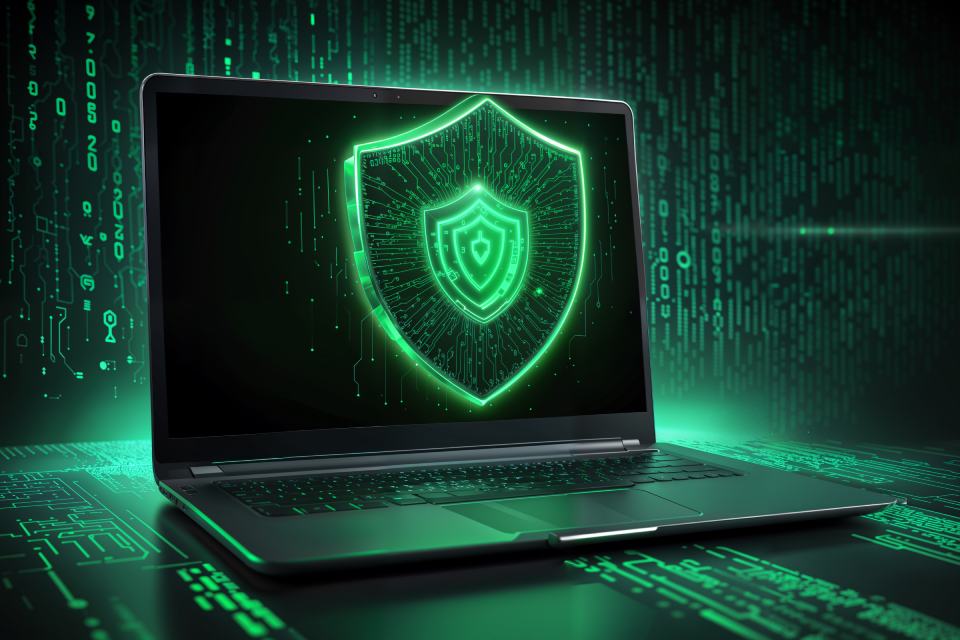The advent of next-generation gadgets has not only revolutionized our daily lives but has also brought into focus the crucial aspect of power efficiency. These gadgets, from wearable technology to smart home devices, promise to blend seamlessly into our lives, enhancing our experiences while optimizing energy use. This article delves into the power dynamics of these innovations, exploring how they balance high performance with energy efficiency.
The Heart Of Efficiency
At the core of next-gen gadgets’ efficiency lies advanced microchip technology. These microchips, smaller than a grain of sand, are capable of performing complex computations without the energy drain. The integration of AI and machine learning has further enabled these devices to learn usage patterns, optimizing power consumption based on real-time data.
The Path To Sustainable Gadgets
The quest for energy-efficient gadgets does not end with the hardware and software. The design and manufacturing processes also play a significant role. Emphasizing sustainability, manufacturers are now adopting eco-friendly materials and processes, reducing the carbon footprint associated with the production of these gadgets.
Software Optimization: The Efficiency Multiplier
Software optimization represents a critical facet of energy efficiency in next-gen gadgets. Through sophisticated algorithms, these gadgets are able to manage tasks in a way that conserves energy, adjusting operations moment by moment based on the task’s energy requirement, thereby striking an optimal balance between performance and power use.
For those interested in a deeper understanding of the technology behind energy efficiency, a power analyzer provides comprehensive insights. These tools are indispensable for analyzing and optimizing the power consumption of electronic devices, highlighting their importance in developing both sustainable and high-performance gadgets.
Technology Integration: Beyond Gadgets
The integration of power-efficient technologies extends beyond personal gadgets to encompass entire ecosystems. Smart cities, for example, leverage the same principles of energy efficiency, harnessing innovative technologies to reduce waste and improve the quality of life for their inhabitants. This broad application underscores the versatility and impact of the principles underlying next-gen gadgetry.
Wireless Charging: A Leap Forward
The move towards wireless charging technology represents a significant shift in power management strategies. By eliminating the need for cables and ports, wireless charging not only offers convenience but also opens up avenues for more integrated and efficient energy use, paving the way for gadgets that are both high-performing and sustainable.
Cybersecurity And Energy Efficiency
As gadgets become more interconnected, the role of cybersecurity in energy efficiency becomes more prominent. Efficient security protocols can reduce the processing power needed for data protection, thereby conserving energy. This dual focus on security and efficiency is crucial for the sustainable growth of smart devices and their ecosystems.
Energy Harvesting: Power From The Environment
Another ground breaking approach is energy harvesting, which allows gadgets to draw power from their surroundings. Whether it’s solar energy, thermal energy from body heat, or kinetic energy from movement, this technology harnesses the previously untapped potential of the environment, offering a sustainable alternative to traditional power sources.
Consumer Awareness And Engagement
Lastly, the shift towards energy-efficient gadgets is significantly driven by consumer awareness and engagement. As users become more conscious of their environmental impact, demand for sustainable technology grows, prompting manufacturers to accelerate innovations in energy efficiency. This consumer-driven demand creates a positive feedback loop, further advancing the cause of sustainable gadgetry.
Battery Advancements: The Unsung Heroes
Batteries, often overlooked, play a pivotal role in the efficiency equation. The development of solid-state batteries and advancements in lithium-ion technology have led to batteries that not only last longer but also charge more quickly and degrade more slowly, enabling gadgets to perform efficiently over longer periods.
Final Thoughts
The generation of gadgets emerging on the horizon is not just smarter; they are also leaner in their energy use, embodying the principle of doing more with less. This pivot to efficiency is not merely a technological challenge but a philosophical one, reflecting a broader commitment to sustainability and responsible innovation. As we embrace these next-gen gadgets, we’re not just adopting new technologies; we’re also endorsing a future where efficiency and responsibility go hand in hand.
Also Read: Leveraging Technology To Enhance Brand Engagement





